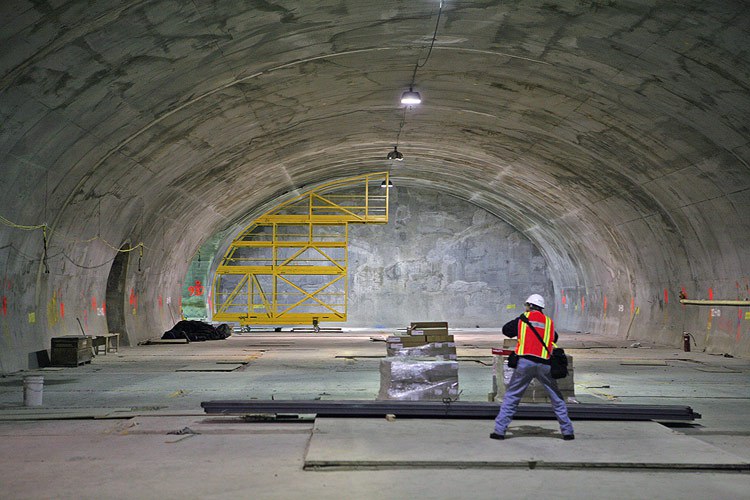My hope, through this post, is for transit riders to become fully aware of the current predicament that the MTA faces: a $12 billion gap in the next phase of funding for the 2015-2019 Capital Plan. Just recently, the CEO of the MTA, Thomas Prendergast, said that without a fully funded Capital Program, the system could become what it was in the 1970’s — a completely unreliable and chaotic mess. This proposed Capital Program will ensure the future of New York City’s center piece, its transit system. Funding the gap is now entirely in the hands Mayor Bill De Blasio and the City of New York. As of Yesterday, Gov. Cuomo pledged $8.3 billion to the MTA to fund the 2015-2019 Capital Plan. There is still a three to four billion dollar gap in the 2015-2019 Capital Budget.
Everyone in New York City relies on the MTA. People who commute via taxi or Uber (for the technologically advanced) depend on the buses and subways to relieve congestion on the city streets to circulate traffic flow. Those who commute via mass transit, rely on the MTA to provide reliable and on-time service. Above all, transit riders hope that the fare stays the same and doesn’t make another 10% jump. Another fare hike could unfortunately become a reality if the city does not come forward with the money.
New York City’s ancient mass transit system is in deep trouble if the 2015-2019 Capital Program is not fully funded. As ridership increases, delays, congestion and overcrowding continue to increase simultaneously. When the system collapses, ground level transportation becomes a nightmare, affecting nearly everyone. During the aftermath of Hurricane Sandy, a car ride from 59th street to 110th street took nearly 2 hours; this example alone shows the mere chaos of a broken transportation system.
New York City must have a modern and resilient system to face the current and future problems of overcrowding and destructive weather, like Sandy. The strength and efficiency of the MTA goes hand in hand with the well-being of New York City. The 2015-2019 Capital Program includes a package of improvements to signaling, buses, trains, track and much more that will eliminate the problems that everyone faces during his or her daily commute.
Ultimately, the situation rests on the political discourse between Albany, New York City and the MTA. As a state-level corporation, the MTA depends on Albany and New York City for most of its investments. De Blasio, yesterday, said that he was shocked by the number which the MTA put forward. The city entirely depends on the MTA for most of its transportation; it is the central artery of the city. Without the remaining money from the City to fully fund the Capital Plan, transit here will not be something to be proud of.
